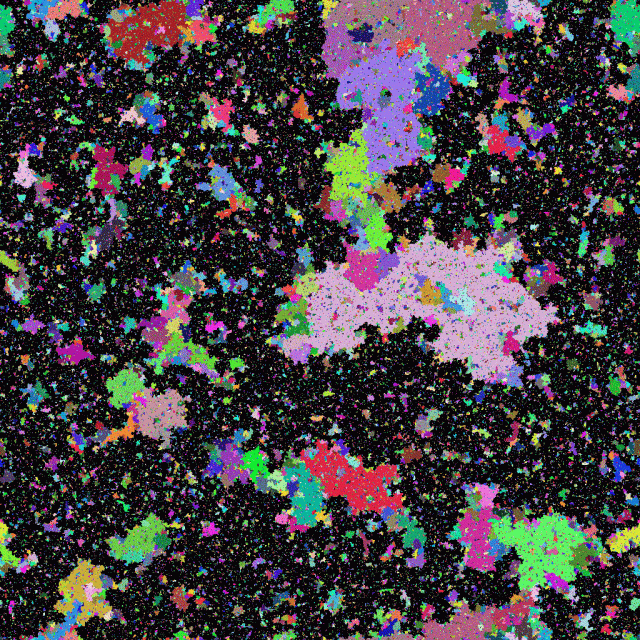Conjecture (Gady Kozma): Prove that the critical probability for planar percolation on a Cayley graph of the group is always an algebraic number.
Gady mentioned this conjecture in his talk here about percolation on infinite Cayley graphs. (Update April 30: Today Gady mentioned to me an even bolder question: to show that for every group , either all critical probabilities of its Cayley graphs are algebraic, or none is!!; I recall a similarly bold conjecture regarding the property of being an expander which turned out to be false but was fruitful nevertheless.)
Many problems on percolation beyond were posed by Benjamini and Schramm, (See here (the paper) and here (update web page 1999)). In the talk the beautiful proof by Itai, Russ, Yuval, and Oded of the “dying percolation property” for nonamenable groups was outlined. And the Burton-Keane beautiful result on the unique infinite connected component for the amenable case was mentioned.
Brief explanations: You have an infinite graph . Consider a random subgraph
where every edge of
is taken with probability
. (The edges taken are called open, and the edges not taken are called closed.) We ask:
What is the probability that
has an infinite connected component? (Kolmogorov’s 0-1 law asserts that it is zero or one.)
Now, is also monotone and the critical probability is the supremum of the set of all
so that
is 0.
The dying percolation property asserts that . It is known to hold for the standard planar percolation and is a notorious open problem for standard percolation in three dimensions.
Under very very general conditions the number of infinite components is, with probability 1, either zero, one or infinity. There is a beautiful proof of Burton and Keane that for percolation on Cayley graphs of amenable groups, above the critical percolation has, with probability one, a unique infinite component. It is conjectured that for the nonamenable case there is always an interval above the critical probablity where
has infinitely many components!


Hi Gil, and implicitly Gady,
The conjecture didn’t specify this, but probably Gady meant bond percolation, as opposed to site percolation.
p_c(Z^2,bond)=1/2 is known, while p_c(Z^2,site)=0.5927460… according to simulations. I don’t know if anyone has a guess if this is an algebraic number or not. Furthermore, p_c(triangular lattice,site)=1/2, while the triangular lattice is in fact a Cayley graph of \Z^2, so it may very well be that for site percolation the invariance conjecture is simply false.
I think that all known critical values are algebraic, and almost all of them are for bond percolation. Two large sets of critical values calculated are by Iva Kozakova for free-like groups http://front.math.ucdavis.edu/0801.4153, and by Wierman and Ziff for planar lattices http://arxiv.org/abs/0903.3135.
There are these sporadic examples, but I don’t know any philosophical reason why bond p_c’s should be easier to compute, for what groups we should have non-algebraic bond p_c’s, or why the invariance principle suggested by Gady should hold only for bond percolation. Gady, or anyone else?
Gabor